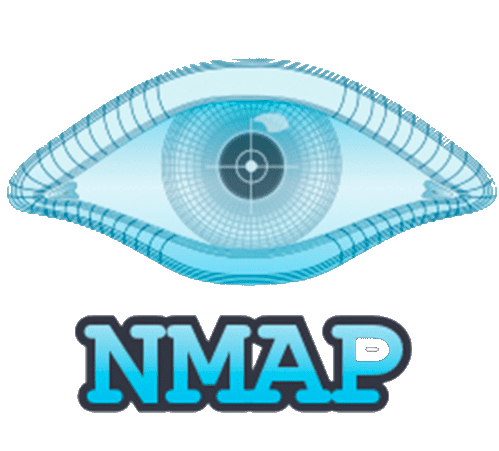Nmap + Zenmap: When You Want to See the Network — and Actually Understand It
There’s scanning… and then there’s knowing. Nmap has been the go-to tool for mapping networks and probing ports for decades. It’s fast, flexible, scriptable — but also, let’s be honest, not exactly user-friendly at first glance. That’s where Zenmap steps in.
Zenmap gives Nmap a face — a visual interface that makes crafting, running, and analyzing scans way less intimidating. Together, they turn raw scanning power into something navigable and usable, especially when you need to explore unfamiliar networks or present results to a team.
What Nmap Brings to the Table
TCP/UDP port scanning with multiple timing and detection modes
OS fingerprinting — guesses the remote OS based on packet responses
Service version detection — identifies running software and versions
Network topology mapping — discovers hosts and how they’re connected
Built-in scripting engine (NSE) — detect vulnerabilities, misconfigurations, backdoors
Mass scanning or stealth probing — configurable for any environment
IPv4 and IPv6 support, plus proxy/tunnel options
Where Zenmap Complements It
Command builder — helps users craft complex scans without memorizing syntax
Scan profiles — save and reuse common tasks (e.g., “Intense scan + OS detection”)
Graphical results viewer — browse hosts, ports, and services in tabs and lists
Diff tool — compare scans over time and spot changes in services or devices
Interactive topology map — see the layout of discovered devices visually
Beginner-friendly interface, but useful for advanced users too
Available on Windows, Linux, macOS — just like Nmap
Why the Combo Works Better Than Either Alone
Quick discovery with visual clarity — identify unknown hosts fast
Fast iteration — tweak and rerun scans without retyping flags
Contextual insights — jump between services, ports, and history easily
Better onboarding — great for junior admins or occasional users
Exploration mode — ideal for mapping unfamiliar environments during incident response
Feature Breakdown: Nmap vs Zenmap vs Together
| Functionality | Nmap CLI | Zenmap GUI | Together (Full Stack) |
| Port Scanning | Full support with fine control | Same engine, preset profiles | Easy scan setup + raw power |
| OS and Service Detection | Yes, detailed with -O / -sV | Available via scan profiles | Toggle or customize visually |
| Scriptable Security Checks | NSE (powerful, but CLI-only) | Not exposed in UI | Can include NSE via command builder |
| Topology Visualization | No | Yes — interactive network map | Adds visual layer to scan data |
| Scan History & Diffing | Manual output management | Built-in comparison tool | Easier tracking across time |
| Results Export | Text/XML/Nmap format | HTML, XML, grepable, easily shared | Share results with both tech and non-tech |
| Learning Curve | Moderate to steep | Low — guided by UI | Smooth onboarding and faster iteration |
| Cross-platform Support | Yes (Linux, macOS, Windows) | Yes (same platforms) | Fully compatible setup |
How to Get Started
Install Nmap + Zenmap:
Windows: Download installer from https://nmap.org — includes Zenmap
Linux:
sudo apt install nmap zenmap
Note: Zenmap may need extra dependencies on some distros
Run a Basic Scan in Zenmap:
Open Zenmap
Enter target IP/subnet (e.g., 192.168.1.0/24)
Choose scan profile (e.g., “Intense scan”)
Click “Scan” — results populate below in real-time
Browse through hosts, open ports, service info, and notes
Final Thoughts
Nmap by itself is a Swiss army knife for network discovery. Zenmap is the handle that helps you grip it without cutting yourself. Together, they make network scanning faster, more approachable, and a whole lot easier to explain to someone else.
And in environments where time is short and clarity matters — that combo goes a long way.







